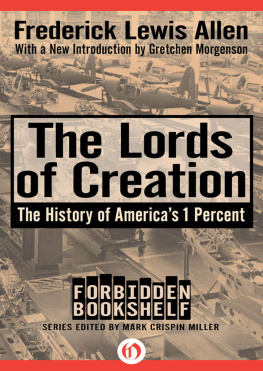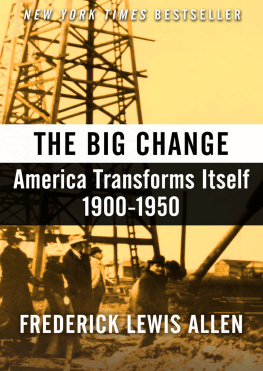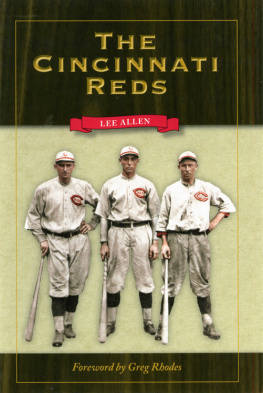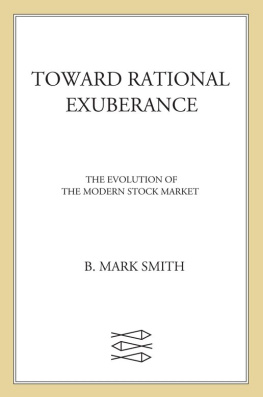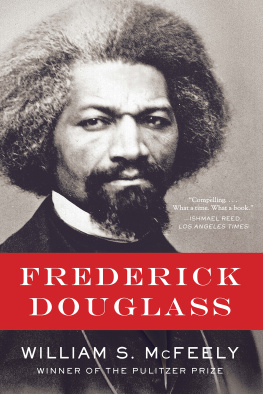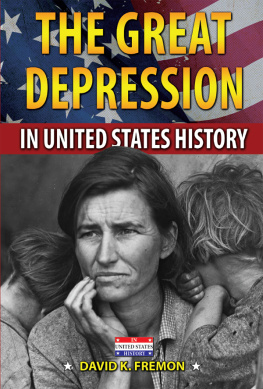Only Yesterday:
An Informal History of the 1920's
by
Frederick Lewis Allen
*
an ebook published by e e e
epubebookeditions.com.au
PREFACE
This book is an attempt to tell, and in some measure to interpret, the storyof what in the future may be considered a distinct era in American history: theeleven years between the end of the war with Germany (November 11, 1918) andthe stock-market panic which culminated on November 13, 1929, hastening anddramatizing the destruction of what had been known as Coolidge (and Hoover)Prosperity.
Obviously the writing of a history so soon after the event has involvedbreaking much new ground. Professor Preston William Slosson, in The GreatCrusade and After, has carried his story almost to the end of this period,but the scheme of his book is quite different from that of mine; and althoughmany other books have dealt with one aspect of the period or another, I havebeen somewhat surprised to find how many of the events of those years havenever before been chronicled in full. For example, the story of the Hardingscandals (in so far as it is now known) has never been written before except infragments, and although the Big Bull Market has been analyzed and discussed athousand times, it has never been fully presented in narrative form as theextraordinary economic and social phenomenon which it was.
Further research will undoubtedly disclose errors and deficiencies in thebook, and the passage of time will reveal the shortsightedness of many of myjudgments and interpretations. A contemporary history is bound to be anythingbut definitive. Yet half the enjoyment of writing it has lain in the effort toreduce to some sort of logical and coherent order a mass of material untouchedby any previous historian; and I have wondered whether some readers might notbe interested and perhaps amused to find events and circumstances which theyremember wellwhich seem to have happened only yesterdaywoven intoa pattern which at least masquerades as history. One advantage the book willhave over most histories: hardly anyone old enough to read it can fail toremember the entire period with which it deals.
As for my emphasis upon the changing state of the public mind and upon thesometimes trivial happenings with which it was preoccupied, this has beendeliberate. It has seemed to me that one who writes at such close range, whilerecollection is still fresh, has a special opportunity to record the fads andfashions and follies of the time, the things which millions of people thoughtabout and talked about and became excited about and which at once touched theirdaily lives: and that he may prudently leave to subsequent historians certainevents and policies, particularly in the field of foreign affairs, the effectof which upon the life of the ordinary citizen was less immediate and may notbe fully measurable for a long time. (I am indebted to Mr. Mark Sullivan forwhat he has done in the successive volumes of Our Own Times to developthis method of writing contemporary history.) Naturally I have attempted tobring together the innumerable threads of the story so as to reveal thefundamental trends in our national life and national thought during thenineteen-twenties.
In an effort to eliminate footnotes and at the same time to express mynumerous obligations. I have added an appendix listing my principalsources.
F. L. A.
I. PRELUDE: MAY, 1919
If time were suddenly to turn back to the earliest days of the PostwarDecade, and you were to look about you, what would seem strange to you? since1919 the circumstances of American life have been transformedyes, butexactly how?
Let us refresh our memories by following a moderately well-to-do youngcouple of Cleveland or Boston or Seattle or Baltimoreit hardly matterswhichthrough the routine of an ordinary day in May, 1919. (I select thatparticular date, six months after the Armistice of 1918, because by then theUnited States had largely succeeded in turning from the ways of war to those ofpeace, yet the profound alterations wrought by the Post-war Decade had hardlybegun to take place.) There is no better way of suggesting what the passage ofa few years has done to change you and me and the environment in which welive.
*
From the appearance of Mr. Smith as he comes to the breakfast table on thisMay morning in 1919, you would hardly know that you are not in thenineteen-thirties (though you might, perhaps, be struck by the narrowness ofhis trousers). The movement of men's fashions is glacial. It is different,however, with Mrs. Smith.
She comes to breakfast in a suit, the skirt of whichrather tight atthe ankleshangs just six inches from the ground. She has read inVogue the alarming news that skirts may become even shorter, and that"not since the days of the Bourbons has the woman of fashion been visible sofar above the ankle"; but six inches is still the orthodox clearance. She wearslow shoes now, for spring has come; but all last winter she protected herankles either with spats or with high laced "walking-boots," or with highpatent-leather shoes with contrasting buckskin tops. Her stockings are black(or tan, perhaps, if she wears tan shoes); the idea of flesh-colored stockingswould appall her. A few minutes ago Mrs. Smith was surrounding herself with an"envelope chemise" and a petticoat; and from the thick ruffles on herundergarments it was apparent that she was not disposed to make herself moreboyish in form than ample nature intended.
Mrs. Smith may use powder, but she probably draws the line at paint.Although the use of cosmetics is no longer, in 1919, considered primafacie evidence of a scarlet career, and sophisticated young girls havealready begun to apply them with some bravado, most well-brought-up women stillfrown upon rouge. The beauty-parlor industry is in its infancy; there are adozen hair dressing parlors for every beauty parlor, and Mrs. Smith has neverheard of such dark arts as that of face-lifting. When she puts on her hat to goshopping she will add a veil pinned neatly together behind her head. In theshops she will perhaps buy a bathing-suit for use in the summer; it willconsist of an outer tunic of silk or cretonne over a tight knittedundergarmentworn, of course, with long stockings.
Her hair is long, and the idea of a woman ever frequenting a barber shopwould never occur to her. If you have forgotten what the general public thoughtof short hair in those days, listen to the remark of the manager of the PalmGarden in New York when reporters asked him, one night in November, 1918, howhe happened to rent his hall for a pro-Bolshevist meeting which had led to ariot. Explaining that a well-dressed woman had come in a fine automobile tomake arrangements for the use of the auditorium, he added, "Had we noticedthen, as we do now, that she had short hair, we would have refused to rent thehall." In Mrs. Smith's mind, as in that of the manager of the Palm Garden,short-haired women, like long-haired men, are associated with radicalism, ifnot with free love.
The breakfast to which Mr. and Mrs. Smith sit down may have been arrangedwith a view to the provision of a sufficient number of caloriesthey needonly to go to Childs' to learn about caloriesbut in all probabilityneither of them has ever heard of a vitamin.
As Mr. Smith eats, he opens the morning paper. It is almost certainly not atabloid, no matter how rudimentary Mr. Smith's journalistic tastes may be: foralthough Mr. Hearst has already experimented with small-sized picture papers,the first conspicuously successful tabloid is yet to be born. Not until June26, 1919, will the New York Daily News reach the newsstands, beginning acareer that will bring its daily circulation in one year to nearly a quarter ofa million, in five years to over four-fifths of a million, and in ten years tothe amazing total of over one million three hundred thousand.


